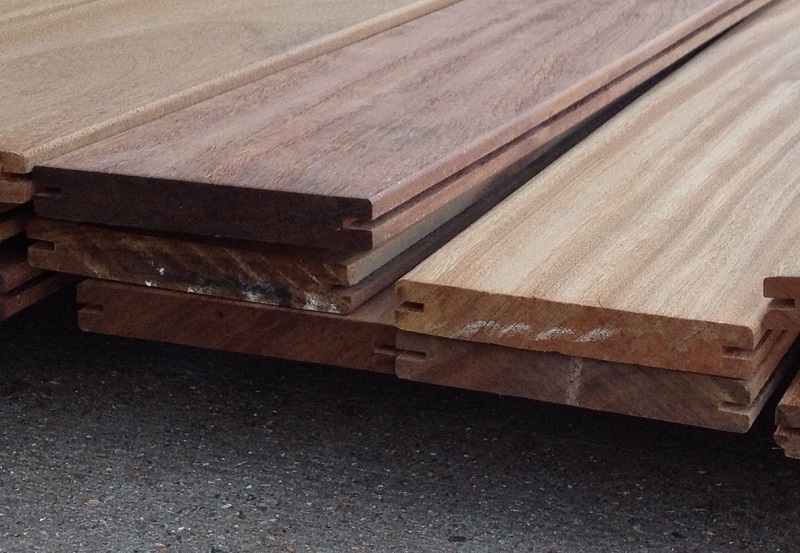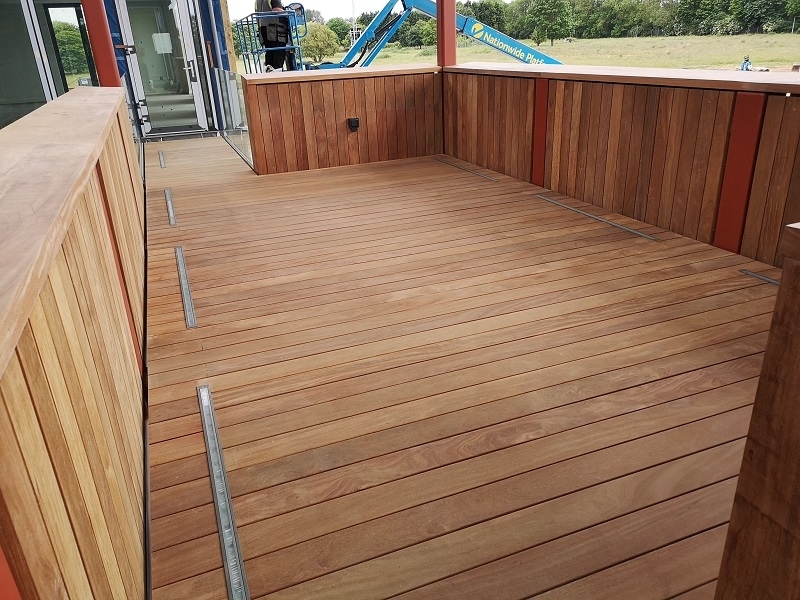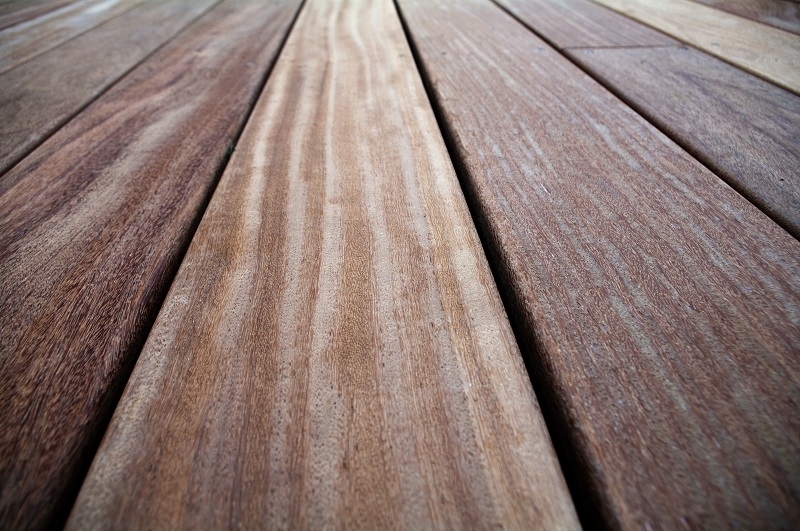Spotlight on Species – Cumaru
Published: 19/05/21 By: Mike Bekin
Botanical Name
The botanical name of the Cumaru tree is Dipteryx odorata. It is a semi-deciduous flowering tree, within the pea family Fabaceae.
The Cumaru tree, a hardwood, goes by a couple of additional names, these being Kumaru, Brazillian Teak, and Golden Teak. Despite this, Cumaru is not within the same family or genus as the Teak tree.
Where Is Cumaru found?
The Cumaru tree is most commonly found in the Northern parts of South America, but can also be found in Central America.
The tree is found in Brazil (hence one of its names being Brazilian Teak), Colombia, Mexico, Venezuela, and Honduras. It is also present in the Caribbean, specifically Jamaica.
What Does Cumaru Look Like?
The tree can grow to heights of between 82ft – 98ft; its trunk diameter can be as much as 1 meter (3.2ft).
The bark of the tree is often a smooth grey, which is perhaps why the comparison to teak was originally made. However, the wood inside is of a reddish hue.
The leaves of the Cumaru tree are ‘alternate pinnate’ leaves that are dark green with a pink flower.
What Does Cumaru Timber Look Like?

Cumaru (odorata) timber has a couple of variations to it, both include a clear distinction between heartwood and sapwood.
The heartwood is often a red-brown colour. However, the red can sometimes deepen slightly and develop into a purple tone.
The sapwood is largely distinct from the heartwood, being 50mm wide. It takes on a yellow-brown colour, which further adds to the visible difference.
The grain of the wood is interlocked, accompanied by a waxy feel along with a medium texture. The large pores in the end grain appear to have no typical arrangement or pattern.

What Variations of Cumaru Exist?
Whilst there are two other species of Dipteryx, these being D. alata and D. charapilla, which share similar qualities to odorata, these are often hard to come by. This is due to their vulnerable classification which marks them as at risk of extinction.
For this reason, odorata is the most commonly found timber, and information on alata and charapilla is sparing.
In terms of the trees themselves, the D. alata is a wild and undomesticated tree. It has edible nuts with a variety of uses, and is also found in South America.
The D. Charapilla is specifically found along the river banks of Brazil and Peru. This tree is considered to be very similar to the odorata.
What Are The Properties Of Cumaru?
Cumaru timber has an impressive density of 1070 kg/m3, which is similar to Ipe. It also closely resembles the strength of Greenheart, so nothing short of a stupendous timber.
Cumaru timber is incredibly durable and resistant to insect attacks. It is also in the upper strength class ratings at D60. Due to this, it is also a very hard wood to work on without very sharp tools, which means it saws and bores cleanly.
What Are The Main Uses Of Cumaru Timber?
Due to its resilience, Cumaru timber is most commonly used for outdoor furniture and decking. It’s also a great contender for use in cladding. Aside from this, it has also been used for indoor furniture such as cabinets and coffee tables.
Cumaru timber has also been used for railroad ties and other forms of heavy construction such as bridges, piers, and marinas. Much like Greenheart, it is also used as an alternative for building docks and fenders.
Curiosity
The Cumaru tree produces seeds known as Tonka, which is a word taken from the language of French Guiana. The fruits of the Cumaru tree, which attract bats making them common pests, produce one seed each.
These seeds are known to contain small traces of coumarin, which has a pleasant odour, hence its botanical species odorata. These seeds are often used within the perfume industry.
Image: lek2481 / Shutterstock.com
